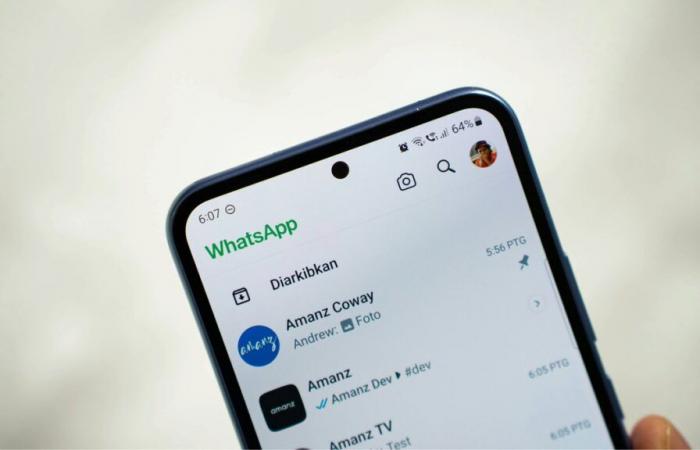WhatsApp is finally adding a long-awaited feature: the transcription of audio messages. Unfortunately not everyone will have the right to do so. A privilege that only iPhones will initially have in French.
The function we've all been waiting for
iPhone users can breathe a sigh of relief:
WhatsApp has finally rolled out the feature
voicemail transcription, a long-requested option that strongly recalls the similar and popular functionality of iMessage. No more listening in the subway or looking for a quiet place to listen to an audio message; WhatsApp now offers to convert these messages to text. This update, awaited for several months, represents a significant step towards better accessibility and considerable time savings for millions of users.
If Meta's official announcement delighted users, the reality is more nuanced. Although the feature is accessible on iOS and Android, its deployment is not uniform. On iPhone, users with iOS 16 or higher can enjoy transcription in multiple languages, including French, English, German, Japanese and Korean. A real asset for French-speaking users who until now could only listen to voice messages. For Android users, the situation is different. If the functionality is technically available, the language choice remains limited for the moment to English, Spanish, Portuguese and Russian. WhatsApp specifies that the full deployment of transcription in all languages, including French, on Android is planned for the coming weeks. This difference in processing between the two operating systems raises questions about Meta's deployment strategy, and leaves some Android users frustrated.
Enabling the feature is simple, but it requires a preliminary step. On iOS, simply go to WhatsApp settings, then the “Chats” section. There, the “Voice Message Transcriptions” option is waiting to be activated. It will then be possible to choose the desired language. Note that WhatsApp may request the download of a language pack to ensure transcription accuracy. Once activated, a long press on a voice message will allow you to access the “Transcribe” option. The process is similar on Android, although the interface differs slightly.
However, it is important to emphasize that transcription technology is not infallible. WhatsApp warns of the possibility of inaccuracies in the transcriptions. Recording quality, clarity of diction, and background noise can all influence the accuracy of the generated text. It is therefore advisable to always check the transcription and listen to the voice message again if any doubts persist. This limitation, although clearly mentioned by WhatsApp, reminds us that voice recognition technology, despite its progress, remains perfectible.
Where does our data go?
Another crucial point is that of data protection. WhatsApp ensures that the transcription of voice messages is done locally on the user's device, and not on the company's servers. This means your messages remain protected by end-to-end encryption, an essential feature for keeping conversations private. The fact that the processing is done locally also explains the potential slowness and latencies during text generation. However, this approach, focused on data security, is a strong point of WhatsApp's implementation.
The arrival of voice message transcription on WhatsApp represents a notable improvement in the user experience. The long-awaited feature brings WhatsApp closer to competing applications like iMessage which already offer this type of service. However, the gradual and differentiated arrival between iOS and Android operating systems highlights the challenge of homogeneous deployment on a large scale. The crucial aspect of data protection, through local processing, helps alleviate privacy concerns. In short, despite some imperfections, this update significantly improves the user experience and places WhatsApp a little closer to the security and accessibility standards of its competitors. It's been a long wait, but the feature is finally here, even if its full deployment is still to come for some users. The rest of the weeks should make it possible to see more clearly on the deployment of transcription in all languages and on all devices.






